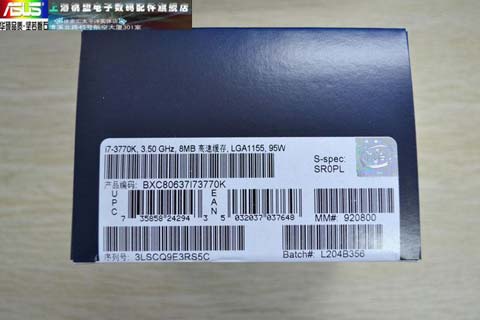Intel Ivy Bridge: Disappointing Overclocks & 95W TDP
Well it seems Ivy Bridge wont be the successor enthusiasts were hoping for on socket 1155. The new Ivy Bridge processors look to carry 95W TDPs instead of the originally expected 77W TDP Intel had been seeking. On top of this, the next blow to Ivy Bridge comes in the form of overclocking headroom, these CPUs tend to hit the wall at after 4.6-4.7 GHz due to temps getting so high it throttles down to protect itself from damage. The fact Sandy Bridge has an extra 200-300MHz over Ivy Bridge in terms of overclocking headroom and runs cooler at max clock has Ivy Bridge not looking so good. It seems the blame for these shortcomings is being placed on the 22nm Tri-gate transistors which have further increased transistor density in an already small die size, so much so in fact that heat can’t be removed quick enough with air or water for high clock speeds. The speeds seen with liquid nitrogen have the chips looking stellar, but don’t let that cloud your expectations, on air and water Ivy Bridge looks to be disappointing compared to what Sandy Bridge offered.

It is Intel’s new 22 nanometer technology with Tri-gate transistors that has brought these limitations. The transistorsare extremely tightly packed and the die size is so small compared to earlier processors, that the heat cannot be removed fast enough with air and water cooling. Rumors has it Intel is not entirely on the mark with the new 22 nanometer technology and a box shot of a Core i7-3770k shows a higher TDP than earlier expected.

Comments are closed.